The installation introduces a new wave of cross-cultural design, featuring original works by five global designers in collaboration with some of India’s most accomplished ateliers.
Curated under the guidance of an international jury of leading creatives, educators and entrepreneurs, the presentation marks the culmination of the residency’s inaugural programme.
Launched by Curio founder Shalini Misra, the Shakti Design Residency is a first-of-its-kind initiative that forges new connections between Indian artisanal heritage and contemporary global design.
Debut collaborations on show include a large-scale lighting work by Chinese designer Duyi Han created with fashion icon Tarun Tahiliani, art rugs by Indo-Norwegian textile designer Helena Bajaj Larsen made in partnership with Jaipur Rugs, and a sculptural glass installation by New York-based industrial designer Kickie Chudikova developed with experimental lighting studio Klove. The programme also includes a symbolic brass and stone centrepiece by German designer Luca Gruber in collaboration with Vikram Goyal Studio, and a textured wall-based textile work by Japanese artist Aya Kawabata produced with the Chanakya School of Craft.
Installed within the historic Villa Bagatti Valsecchi, the Shakti Design Residency’s debut exhibition draws from centuries-old techniques, forms and philosophies central to Indian craftsmanship. Reimagined through the lens of contemporary design voices from across the world, these objects reveal a dialogue that is both grounded and forward-thinking, offering a powerful vision of how tradition can inspire the future.
The Sahasra and The Viveka by Helena Bajaj Larsen with Jaipur Rugs
The hand-knotted rugs blend the legacy of Jaipur Rugs’ weaving traditions with Helena Bajaj Larsen’s signature hand-painted silk techniques. Drawing on her ongoing research into cartographic lines, vascular systems and plant roots, Helena created the foundational linework through analogue drawing before translating it into digital form for CAD development.
The design process involved extensive experimentation with dye and embroidery techniques, surface modifications and material combinations. Leftover sari silk yarns were upcycled into embroidered sections, adding contrast and dimensionality. High resolution scans of Helena’s painted silk were used to digitally map colour pixelation, aligning the painterly abstraction with the technical logic of rug image construction.
 Image by ©Taran Wilkhu
Image by ©Taran Wilkhu
Select areas feature custom metalwork developed with a local jeweller, incorporating gold and silver plating that juxtapose the softness of fibre with the hardness of metal, creating an unexpected interplay of materials and light.
Vista by Kickie Chudikova with Klove Studio
Inspired by the multifoil arches of Mughal architecture, the Vista Collection explores spatial layering through a series of large-scale concentric glass elements. Referencing India’s rich chromatic culture, the installation utilises expressive gradients to evoke emotional, spiritual and natural symbolism.
The gradual recession of each glass ring creates a shifting sense of perspective, allowing light to move rhythmically across the piece. With its sculptural presence and immersive glow, the installation bridges the historical with the contemporary, highlighting the poetic potential of glass as both material and medium.

Image by ©Taran Wilkhu
Vista reinterprets classical architectural motifs through a contemporary lens, offering an atmospheric and contemplative design language.
Nadi Table by Luca Gruber with Vikram Goyal Studio
The Nadi Table explores the flow of energy within the human body, drawing from Indian spiritual concepts and the intricate language of traditional metalwork. Its fluid, hammered brass legs represent the Nadis, energy pathways linking the body’s chakras, while its three stone surfaces correspond to vital energy centres.
Each table is hand-crafted by skilled artisans using techniques passed down through generations. The organic rhythm of the legs contrasts with the solid weight of the stones, capturing a dynamic balance between motion and stillness.

Image by ©Taran Wilkhu
The result is a sculptural piece that embodies both metaphysical symbolism and refined materiality, designed to serve as a contemplative focal point in any space.
Celestial Manual by Duyi Han with Tarun Tahiliani
Celestial Manual is a chandelier formed in the shape of an expanded lehenga, a traditional Indian bridal garment, symbolising the transformation of cloth from blank canvas to intricately embroidered object.
Each radial segment of the design represents a stage in the garment’s creation, forming a circular visual manual of craftsmanship. Informed by Duyi’s encounters with Indian architecture and iconography, the work echoes divine geometry while honouring the artisan’s hand.

Image by ©Taran Wilkhu
Rendered in a muted orange hue, the piece reflects warmth and reverence, serving both as tribute and beacon. Celestial Manual repositions textile craftsmanship within a sculptural, architectural context, asserting its enduring value in an age dominated by mechanisation.
The Shadow of the Sun by Aya Kawabata with Chanakya School of Craft
The Shadow of the Sun is a tactile wall installation composed of woven raffia arranged in varying densities and structures. Its surface invites light to shift continuously, mimicking the changing shadows cast by traditional Indian stonework.
Combining bold geometry with subtle material gestures, the piece explores the sensory and symbolic relationships between craft, rhythm and nature. It continues Aya Kawabata’s interest in protective symbolism, drawing on global talismanic traditions to evoke quiet strength, optimism and spiritual continuity.

Image by ©Taran Wilkhu
By translating historical motifs into a living, responsive surface, The Shadow of the Sun reimagines the role of handcraft as a meditative and transformative presence in the contemporary built environment.
Founded by interior designer, art and design collector and philanthropist Shalini Misra, the Shakti Design Residency is a first-of-its-kind initiative intended to develop new symbiotic relationships between Indian craftsmanship and the global design world. The first residency is organised in partnership with Jesse Lee, founder of digital retail platform basic.space and chairman of Design Miami.
Five global designers have been selected from an open call for submissions by an international jury of world-leading design and creative mentors.
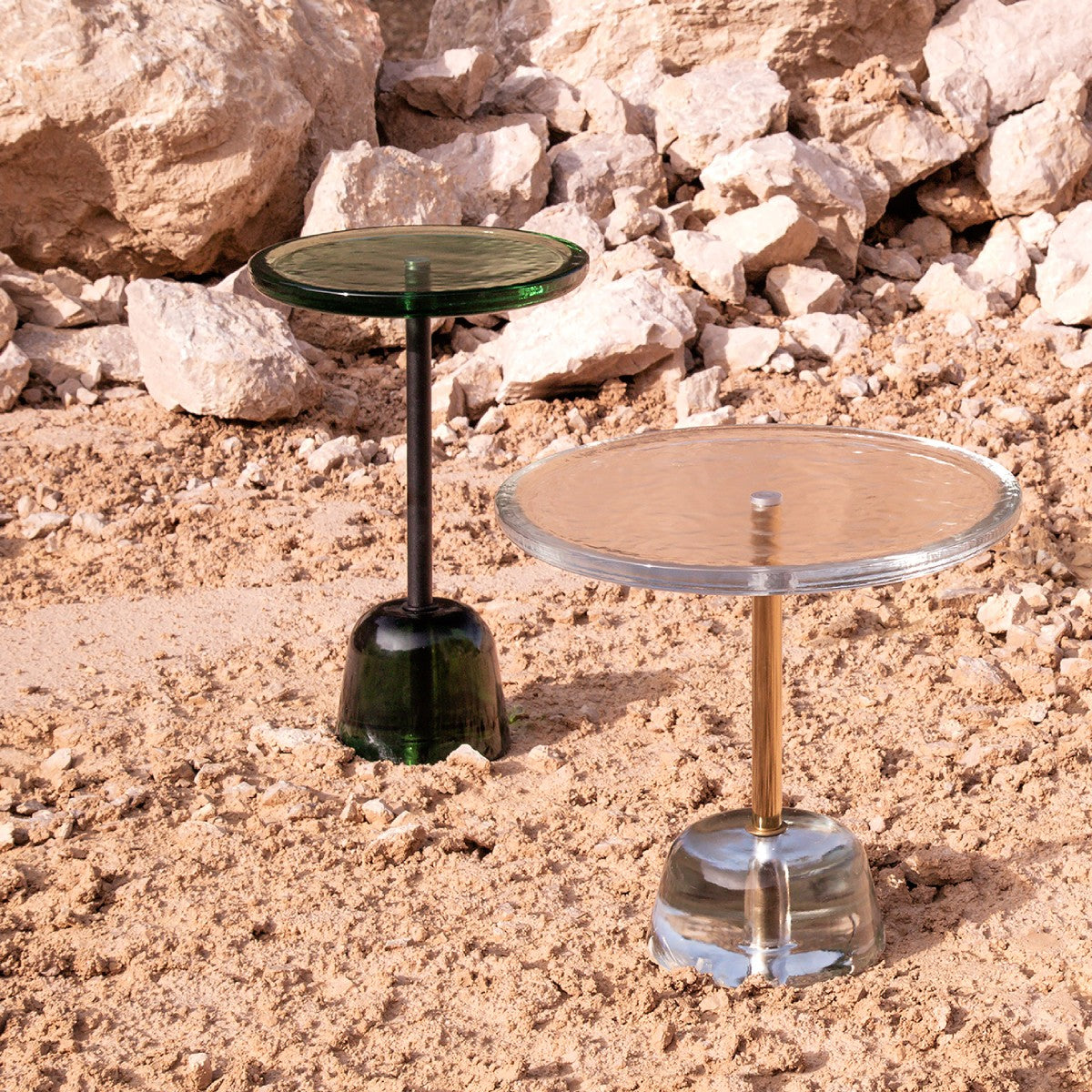
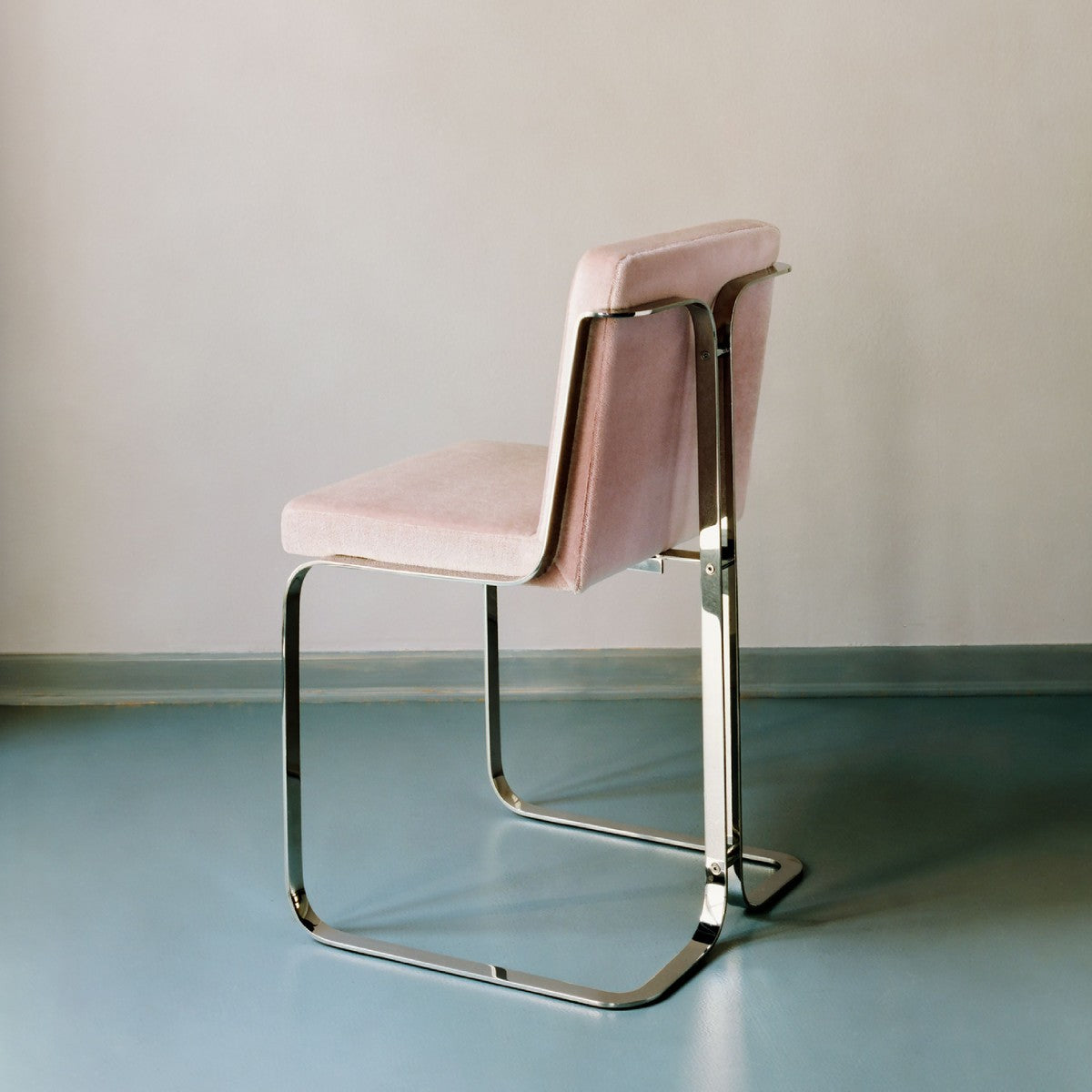
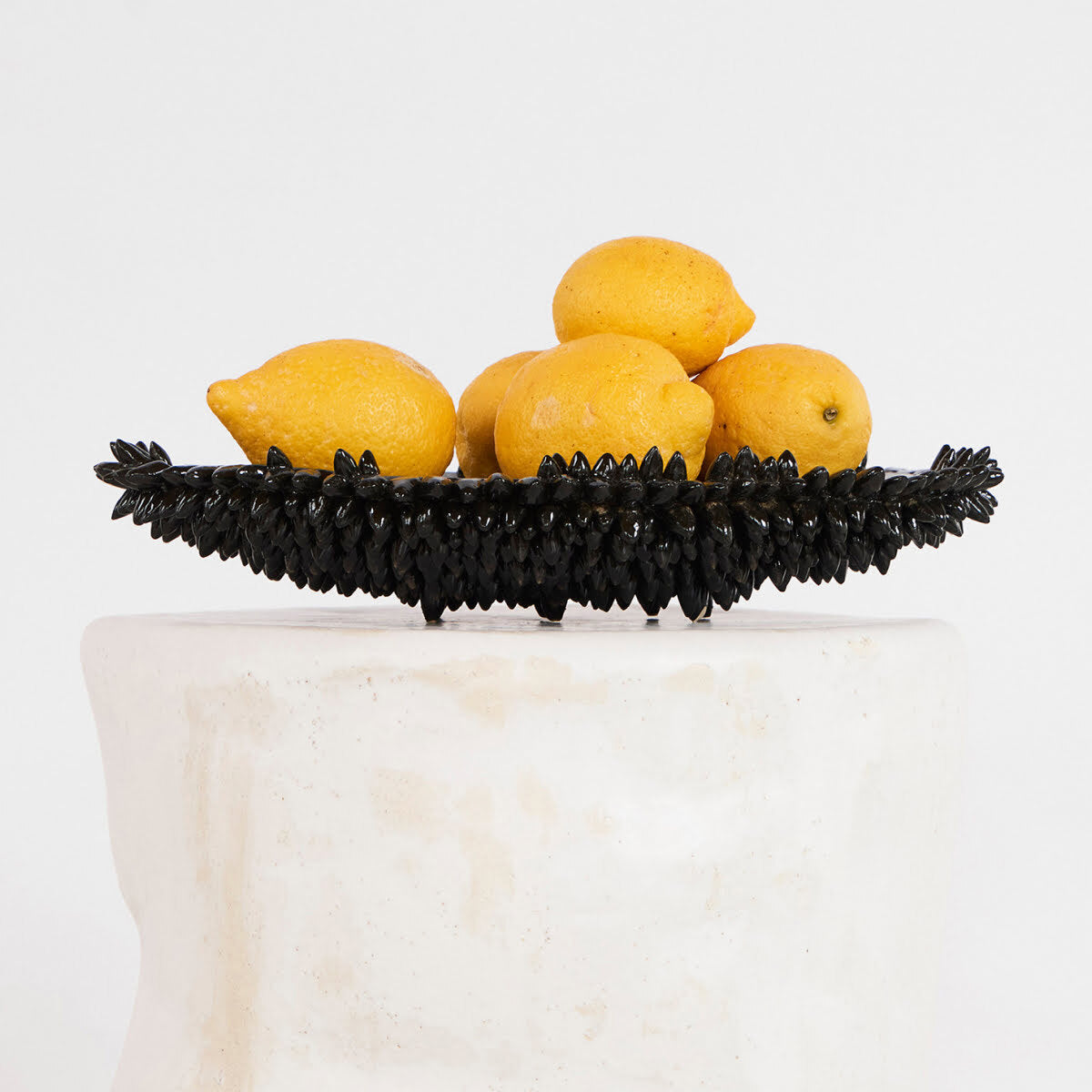
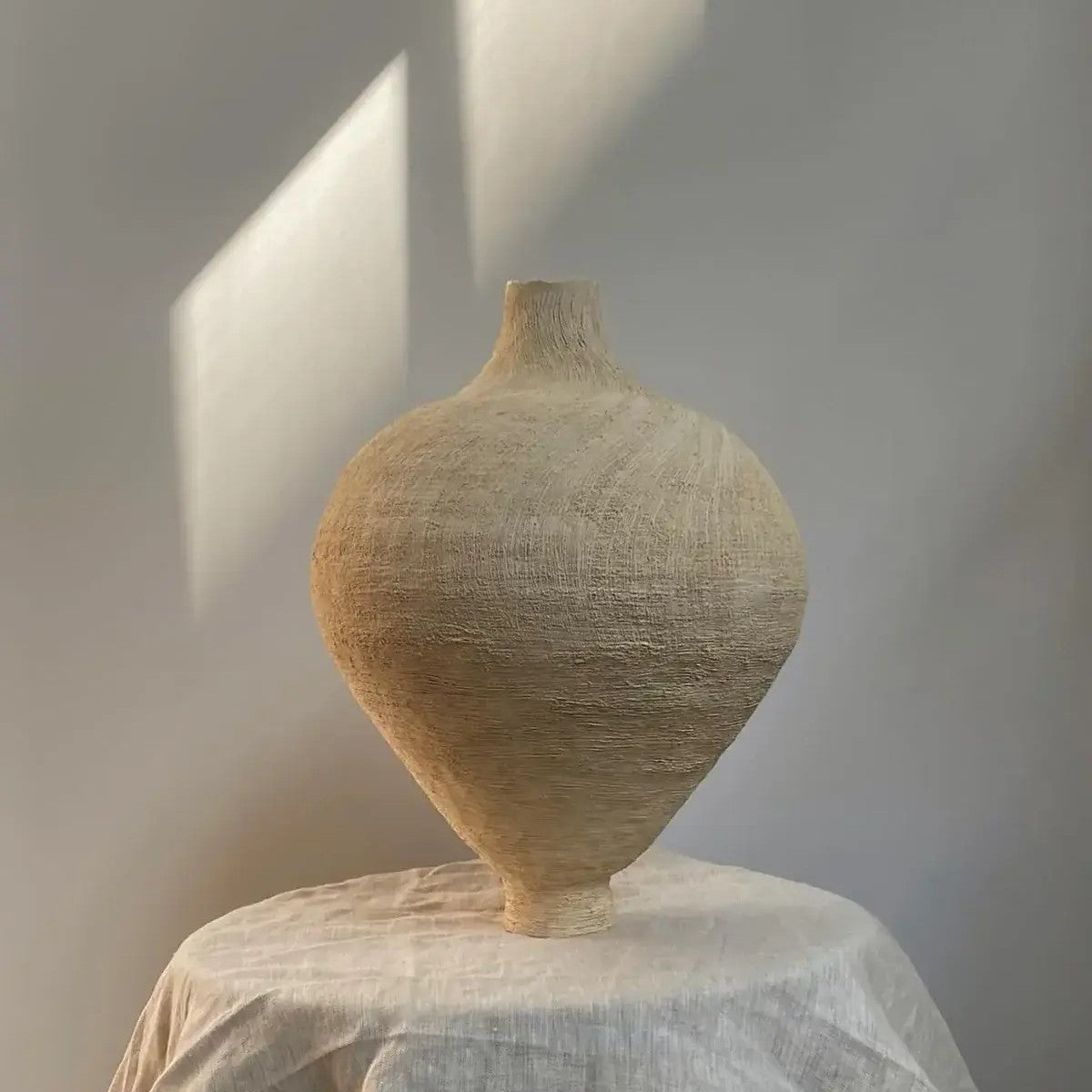
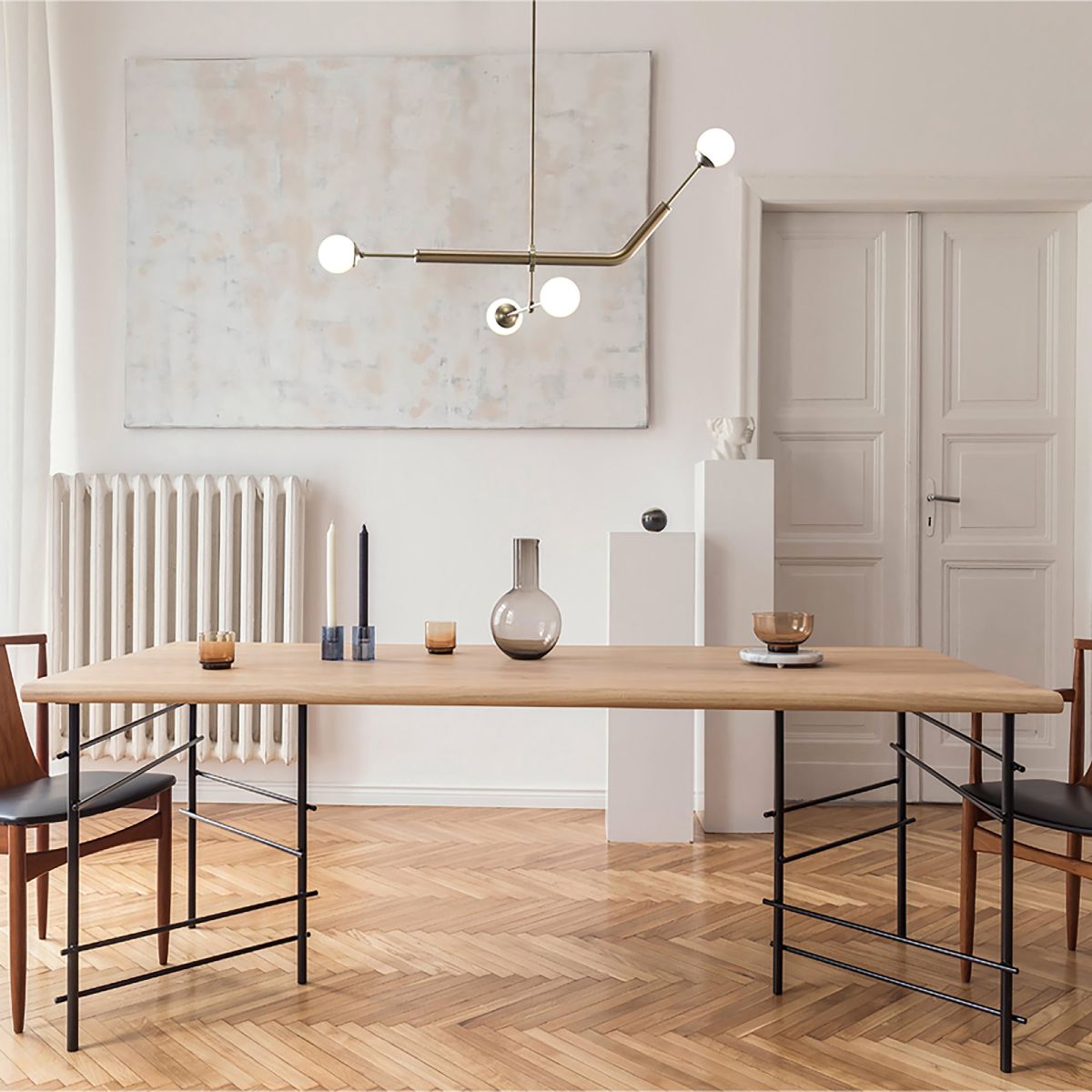
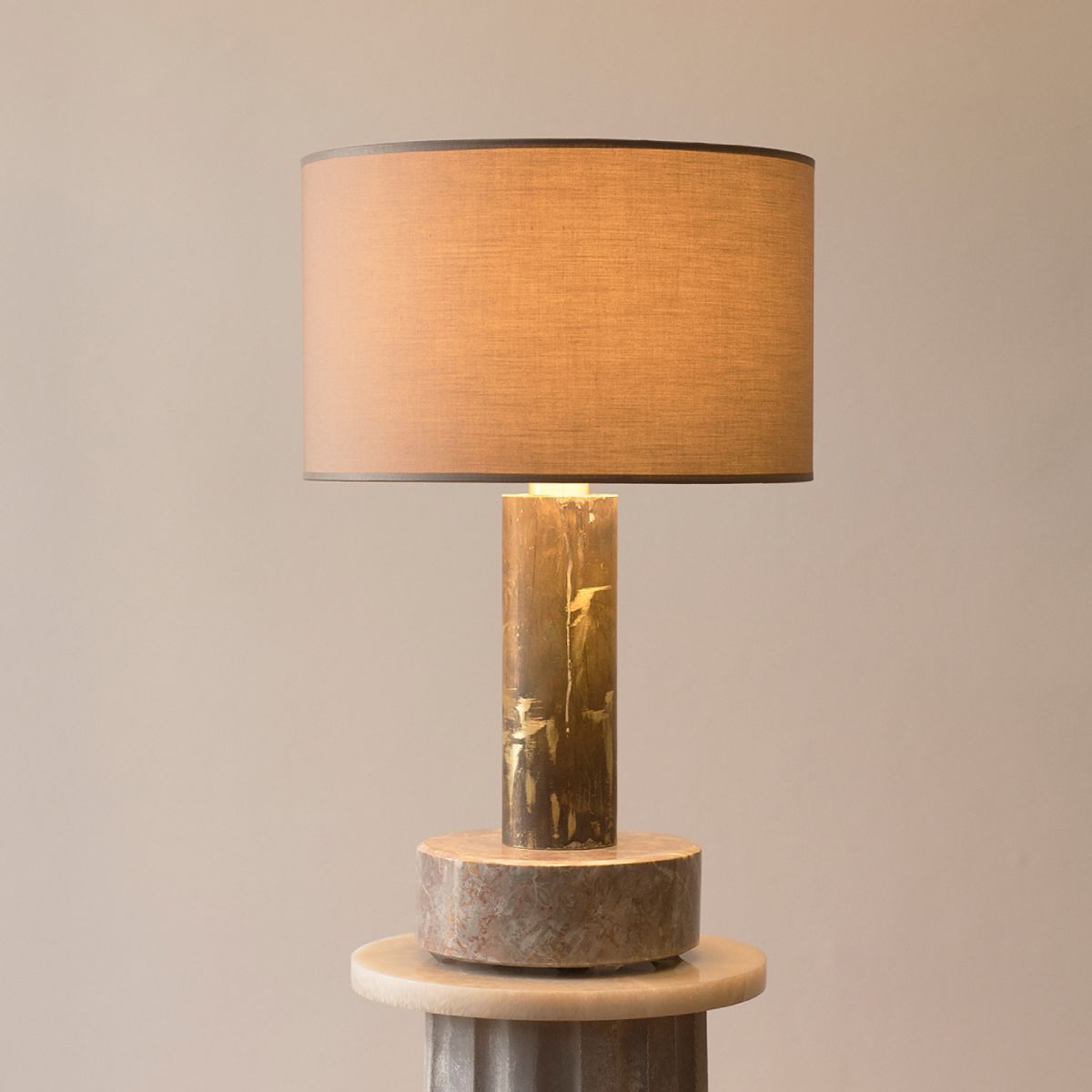


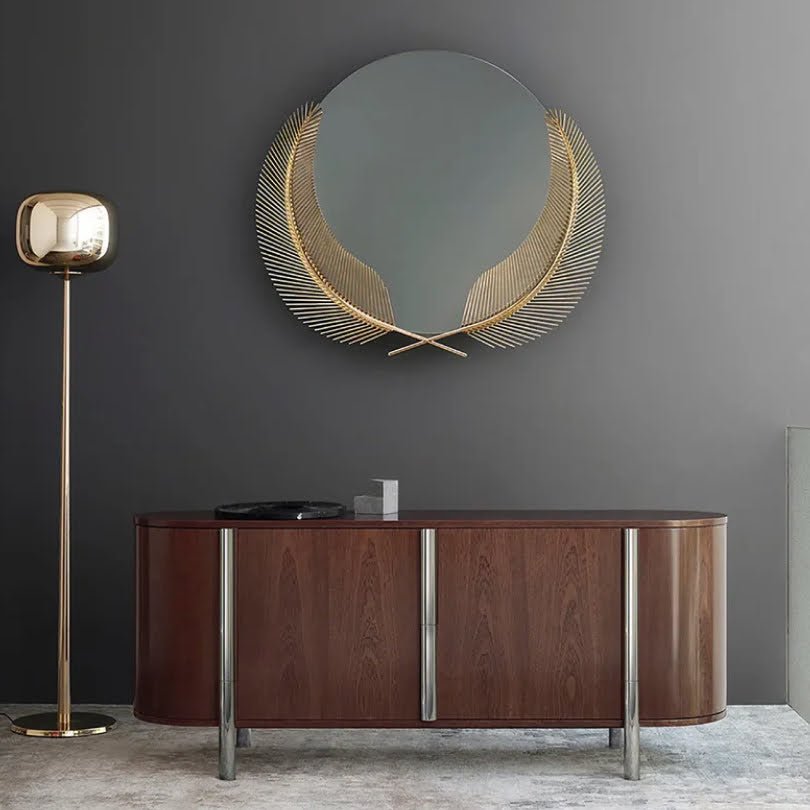

Leave a comment
This site is protected by hCaptcha and the hCaptcha Privacy Policy and Terms of Service apply.